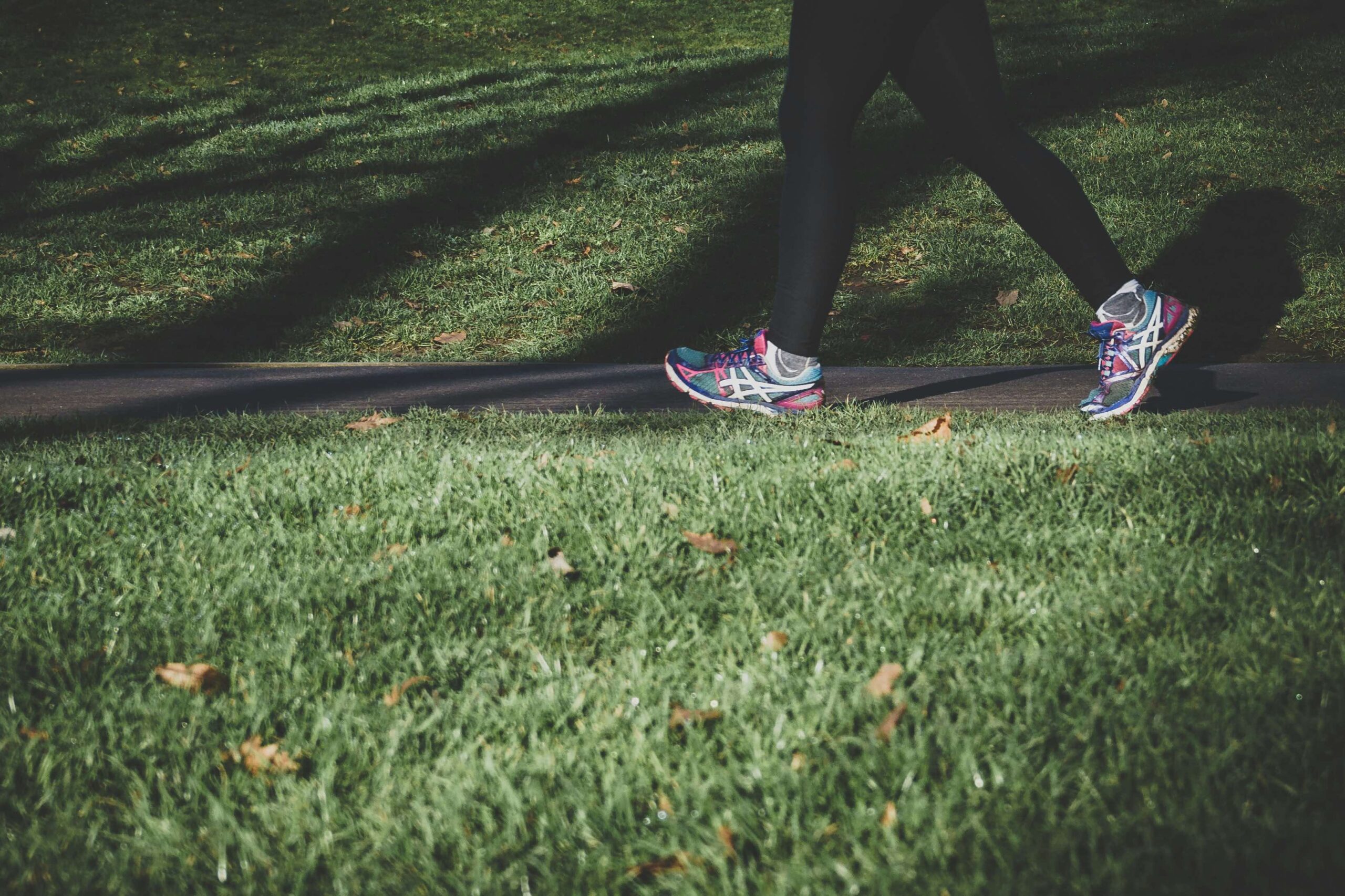
You’ve probably heard it before: “Get 10,000 steps a day!” But where did that number even come from? Is it truly the golden standard for health? And more importantly, how can you realistically make it happen in your everyday life?
Let’s unpack the history, health science, and strategies behind this popular fitness benchmark—and what actually happens in your body when you hit those 10,000 daily steps.
Where Did the “10,000 Steps a Day” Rule Come From?
Believe it or not, the idea didn’t come from a scientific study. It started as a marketing campaign.
In the 1960s, a Japanese company launched a pedometer called the “manpo-kei,” which literally translates to “10,000 steps meter.” The number stuck because it sounded both achievable and aspirational.
Over the decades, this simple step count evolved into a global fitness goal, and it turns out, science has since shown that aiming for around 10,000 steps daily really can improve your health.
Why 10,000 Steps Is a “Magic” Number (and is it?)
While 10,000 steps isn’t a one-size-fits-all prescription, it does represent a meaningful level of daily movement.
Research shows that walking:
- Improves cardiovascular health
- Supports weight management
- Reduces the risk of chronic illnesses like heart disease and type 2 diabetes
- Improves mood and mental clarity
- Increases longevity
One study published in JAMA Internal Medicine found that even 7,000–8,000 steps per day reduced the risk of early death in older adults, but 10,000 steps is often the number associated with reaching peak benefits for most adults.
Related Post
9 Natural Ways to Boost Energy Without CaffeineWhat Does It Take to Walk 10k Steps?
On average:
- 2,000 steps = about 1 mile
- 10,000 steps = roughly 5 miles
- That’s 60–90 minutes of walking per day, depending on your pace
If you have a sedentary job or spend most of your day indoors, reaching 10k might sound like a stretch. But that’s where strategy comes in (more on that below).
I started taking one-hour morning walks and quickly realized I was covering about 3.5 miles in that time. Just dedicating a single hour each day can give your step count a major boost, making it much easier to hit your 10k goal with everyday movement throughout the rest of the day.
What Happens in Your Body When You Walk 10,000 Steps?
Getting your steps in daily doesn’t just help with weight—it sets off a cascade of benefits in your body:
- Heart: Increased circulation, lower blood pressure, and improved heart function
- Brain: Elevated mood from endorphins, better focus, and reduced stress levels
- Muscles & Bones: Stronger lower-body muscles, joint support, improved bone density
- Metabolism: Boosted calorie burn, better insulin sensitivity, improved digestion
- Immune System: Regular walking supports a healthier immune response and reduces inflammation
In short, your whole body starts working more efficiently when movement becomes a daily habit.
Plus, walking outdoors gives you the added benefits of fresh air and natural sunlight. You can make it even more enjoyable by bringing a friend along or turning it into a mindful educational moment. Listen to a podcast, audiobook, or sermon to feed your mind while you move.
How to Walk 10k Steps a Day (Even with a Busy Life)
You don’t have to walk all 10,000 steps at once. Try these realistic, bite-sized habits to hit your goal:
1. Start your morning with a short walk
Even 10–15 minutes gets your metabolism going and adds a few hundred steps to your day.
2. Take walking breaks every hour
Use a timer or app to remind you to get up every 60–90 minutes for 3–5 minutes of walking.
3. Park farther away
Choose the far end of the parking lot, skip the elevator, and opt for stairs when you can.
4. Walk while you talk
Take phone calls or meetings on the move—outside or pacing indoors.
5. Get a step counter or app
Fitness trackers and smartphone apps make it easy to track progress and stay motivated.
6. Make it social
Join a friend or walking group, or take your dog on longer-than-usual walks.
7. Do it in intervals
Three 20-minute walks a day (morning, lunch, and evening) can easily get you to 10,000.
Is 10k the Right Number for You?
While 10,000 is a great benchmark, any movement is better than none. If you’re starting from a lower baseline (say, 3,000–4,000 steps), increasing gradually by 1,000–2,000 steps per day can still offer big health benefits.
Try tracking your steps on a regular day when you’re not being intentional about it. That gives you a clear starting point, and from there, you can set a realistic, personalized goal that works for your lifestyle and fitness level.
The key is to build sustainable habits and focus on consistency rather than perfection.
It’s More Than a Number
Learning how to walk 10k steps a day isn’t about chasing a number. It’s about creating a lifestyle that supports your heart, brain, joints, and mind.
It’s about putting one foot in front of the other, literally and metaphorically, toward better health. Whether you hit 10,000 steps or build toward it slowly, you’re still moving in the right direction.
TL;DR (Too Long; Didn’t Read)
The 10,000 steps/day goal started in Japan as a marketing campaign but became a global health benchmark.
Walking 10k steps burns calories, boosts heart health, reduces stress, and supports long-term wellness.
That’s about 5 miles or 60–90 minutes of movement daily.
Break it into smaller walks, use a tracker, and build in creative movement.
It’s not about being perfect—it’s about moving more, consistently.

The 2 p.m. Slump Is Not Normal, Here’s How to Beat the Afternoon Slump for Real
If you crash every afternoon, your body is asking for support, not more caffeine. Here’s how to beat the afternoon slump naturally with simple daily shifts.

The Great Daily Detox Morning Routine That Actually Works
Simple, healthy morning routine habits for energy supports gut health, boosts natural metabolism, and helps you feel refreshed and balanced all day.

Jolie Shower Filter Review: One Simple Fix with Enormous Impact
The Jolie shower filter completely transformed my water quality almost instantly, fixing the dryness, tangles, and irritation.




